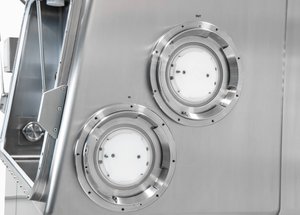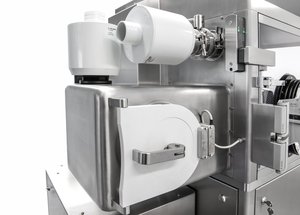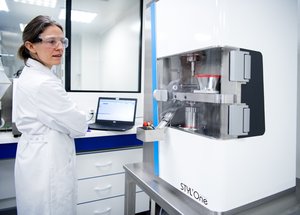The effect of compression pressure on the first layer surface roughness and delamination of Metformin and Evogliptin bilayer and trilayer tablets
The study aimed to assess the delamination of convex-shaped tablets containing metformin HCl (MF) and evogliptin tartrate (EG) based on pre-compression and main compression pressures. Simultaneously, the study sought to establish correlations with surface roughness analysis. Granules of free-flowing MF and EG (with median diameters of 38.3 μm and 44.7 μm, respectively) were prepared using the wet granulation method. These granules underwent pre-compression and were subsequently compressed into bilayer and trilayer tablets using a universal testing machine.
The study observed a linear increase in the compaction force required to break the tablets as the main compression pressure rose within the range of 30–150 MPa. Conversely, the interfacial strength and compaction breaking force decreased with an increase in the pre-compression pressure, ranging from 10 to 110 MPa. A surface roughness analysis utilizing a profilometer revealed a significant decrease in the roughness of the first layer (MF) from 5.89 to 0.51 μm (Ra) as the pre-compression pressure increased from 10 to 150 MPa in the bilayer tablet.
This reduction in the roughness of the first layer resulted in diminished inter-penetration at the interface, as confirmed by energy dispersive spectrometer (EDS)-equipped scanning electron microscopy. This decrease in interfacial bonding strength led to the delamination of the MF/EG multi-layer tablets. The study highlights the importance of controlling roughness in the actual preparation of multi-layer tablets and underscores the utility of profilometer- and EDS-based surface analyses for interpreting delamination in such tablets.

Comments
No comments posted yet.
















